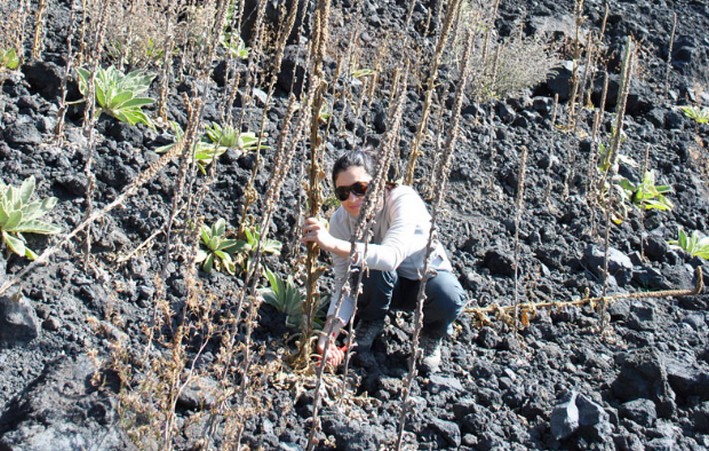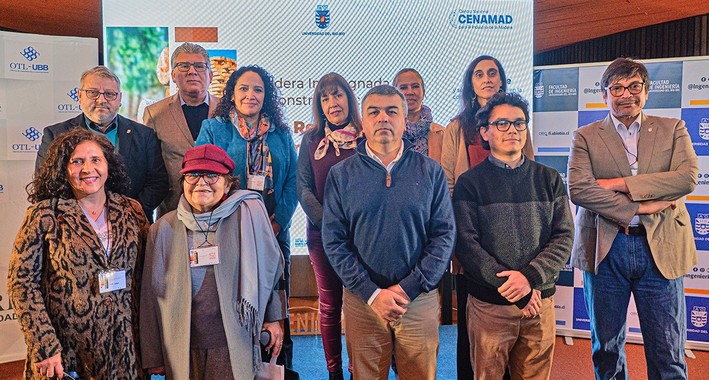UdeC Scientists Participate in the Largest Global Study on Invasive Alien Species
An international team of researchers, including specialists from the University of Concepción, published the most comprehensive assessment to date on invasive alien species and their impact on the planet's biodiversity in the journal Biological Reviews.
The study warns that the presence of these species continues to increase across all regions and taxonomic groups, with no signs of stabilization, posing an urgent challenge for science, environmental management, and public policies.
An Expanding Problem
The movement of species outside their native habitats has intensified with globalization, becoming one of the main causes of biodiversity loss worldwide. The research, titled “Biological invasions: a global assessment of geographic distributions, long-term trends, and data gaps,” confirms that this trend is still on the rise.
Dr. Nicol Fuentes Parada, an academic in the UdeC Department of Botany and co-author of the study, highlighted the scale of this work:
“For the first time, we have a global and comparative review that allows us to understand the magnitude of the problem in an integrated manner, rather than fragmented by regions or groups of organisms.”
Contribution from Biobío
Chilean participation is linked to previous experiences, such as the multi-taxa catalog of alien species published in 2020 and collaboration in the 2023 report of the Intergovernmental Platform on Biodiversity and Ecosystem Services (IPBES).
Dr. Aníbal Pauchard Cortés, an academic at the Faculty of Forest Sciences and director of the Institute of Ecology and Biodiversity (IEB), valued the local contribution:
“It is very significant that a significant number of researchers are from the Biobío Region and the University of Concepción, which underscores Chile's contribution to global knowledge on biodiversity.”
The Role of Scientific Collections
For the curator of the UdeC Herbarium, MSc. Alicia Marticorena, co-author of the article, biological collections are key:
“Herbaria provide evidence of the presence, distribution, and history of species. However, the great challenge is having specialists who can process this information and update taxonomy.”
Challenges for Chile and the Region
The study also outlines concrete tasks for the country. According to Pauchard, Chile needs to advance in data recording and standardization, in addition to developing the first official lists of invasive species, a task that will be undertaken by the new Biodiversity and Protected Areas Service (SBAP).
Initiatives such as IEB's Biodata and the Biological Invasions Laboratory (LIB) are contributing to this effort, but the gap between science and public policy persists.
Ornamental Plants: A Silent Threat
The report warns that vascular plants are the largest group of invasive species. Dr. Fuentes emphasizes the role of the ornamental trade:
“The main disperser of plants is humans. Many of the species we now consider invasive are still legally sold in gardens and nurseries across the country.”
An example is the water hyacinth (Pontederia crassipes), classified as one of the most invasive species in the world, yet available in the national market.
The researchers' conclusion is clear: closing the gap between scientific evidence and regulation is essential to curb the advance of these species and protect biodiversity.












